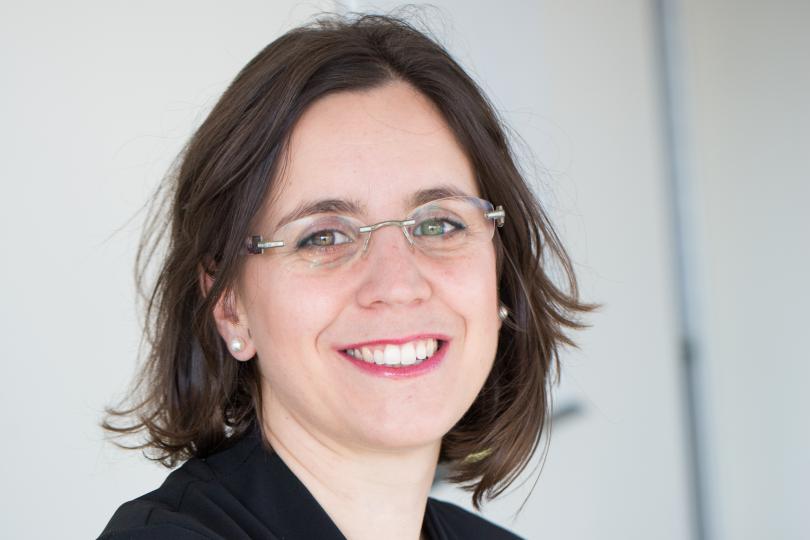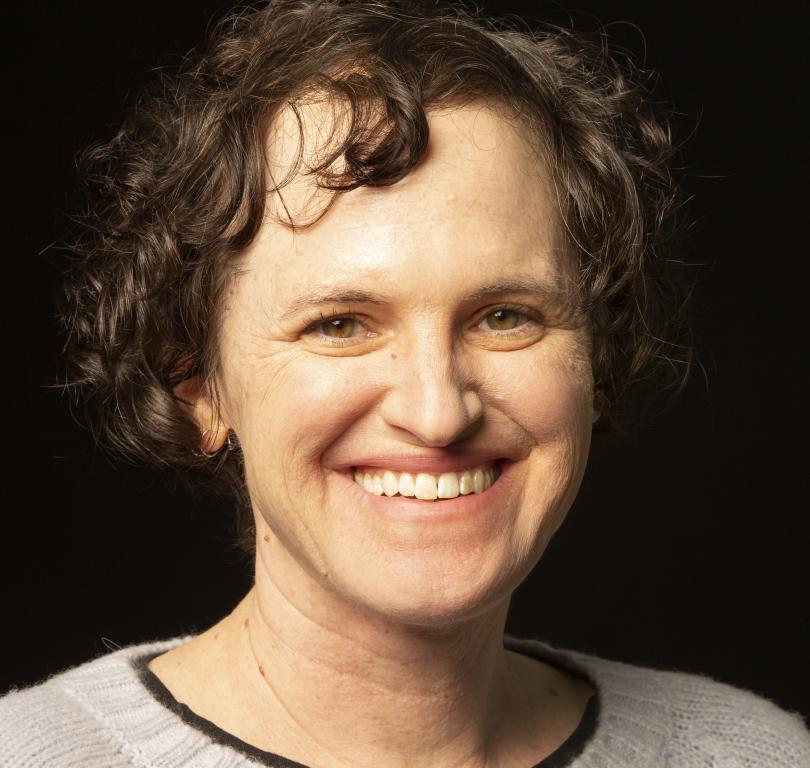"The Evolution of Cell Types in the Cerebral Cortex"
 Dr. Maria Antonietta Tosches | Tosches Lab
Dr. Maria Antonietta Tosches | Tosches Lab
Abstract:
The cerebral cortex is arguably the brain area that underwent the most profound transformations in vertebrate brain evolution. The expansion of the cerebral cortex in mammals was accompanied by an explosion of neuronal diversity. To discover general principles underlying the evolution of neuron types and circuits, we study the simple cerebral cortices of non-mammalian vertebrates. Our recent work has focused on the Spanish newt Pleurodeles waltl, a species with a key phylogenetic position in the vertebrate tree. We are investigating the neuroanatomy, cell type composition, and function of the Pleurodeles brain using a combination of modern neuroscience tools.
Our work on amphibians and reptiles indicates that the cerebral cortex of ancestral tetrapods was layered, with two main classes of neurons with distinct laminar positions, molecular identities, and long-range projections. In salamanders, these two layers are generated sequentially from multipotent progenitors in an outside-in sequence. We propose that in mammals new types of pyramidal neurons evolved from these two ancestral classes by diversification, through the emergence of novel gene regulatory interactions during neuronal differentiation.
Watch the seminar here!

